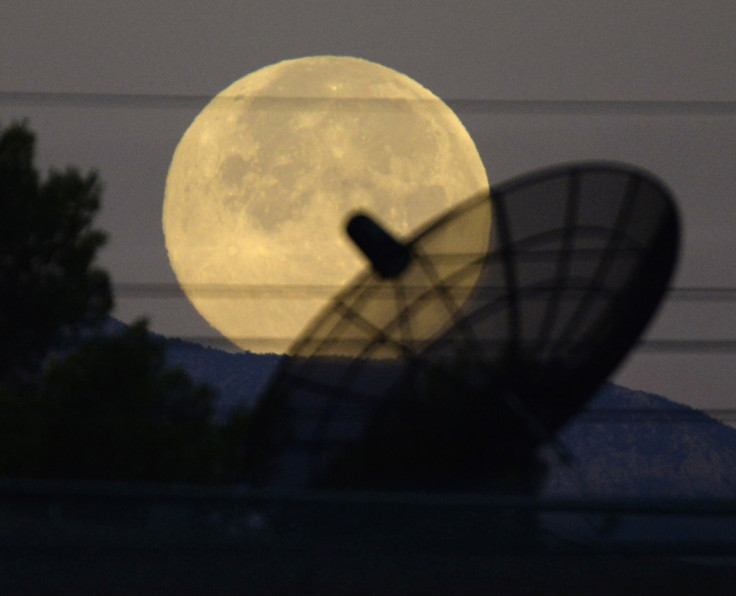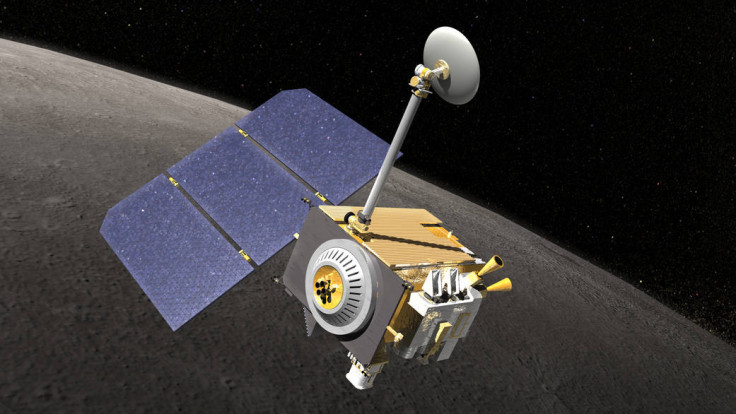Why the supermoon eclipse could be a disaster for Nasa

This weekend the supermoon eclipse will wow stargazers as the moon is plunged into darkness as the Earth blocks out the sun. It may be a stunning spectacle to watch but Nasa staff will be covering their eyes and holding their breath as it could cause one of its spacecraft to completely shut down.
The Lunar Reconnaissance Orbiter (LRO), a robotic craft the size of a hatchback, has been mapping the moon's surface since 2009 and when the eclipse takes place on 2.47am (GMT) on 27 September it will have to survive an extreme drop in temperature, which could damage instruments, and a snuffing out of sunlight that could cause the probe to run out of power.

It's expected the craft will be out of sunlight for around three hours and since it uses solar power there is some concern at Nasa it could be lights out for the $504m (£330m) LRO. However, Nasa isn't short of clever sorts who know how to prepare for the potential disaster. In fact, they're rather cool about it. The LRO has endured three other lunar eclipses in the past 17 months and are confident it will sail through this one too thanks to a series of preparatory procedures.
How NASA prepares for a supermoon lunar eclipse
Dawn Myers, science operations planner of Nasa's Goddard Space Flight Centre put out a statement saying: "It's always stressful during the approach of the eclipse, but we follow the same procedures every time, and we haven't had any trouble."
The LRO will be pre-heated before the eclipse happens and all its instruments other than one will be shut down to save power until the sun re-appears. That one instrument left on will be either be the star tracker for navigation or the Diviner – a tool that can track the surface temperature of the moon as it rapidly cools and heats up during the eclipse phase.
Nasa will be keeping a close eye on the probe's vital signs during the event and hopes it makes it through the first total lunar eclipse since 1982 and last one until 2033.
Will you be getting up early to check out the supermoon lunar eclipse? Tell us what you think of the event and share any images @IBTimesUKTech
© Copyright IBTimes 2025. All rights reserved.





















